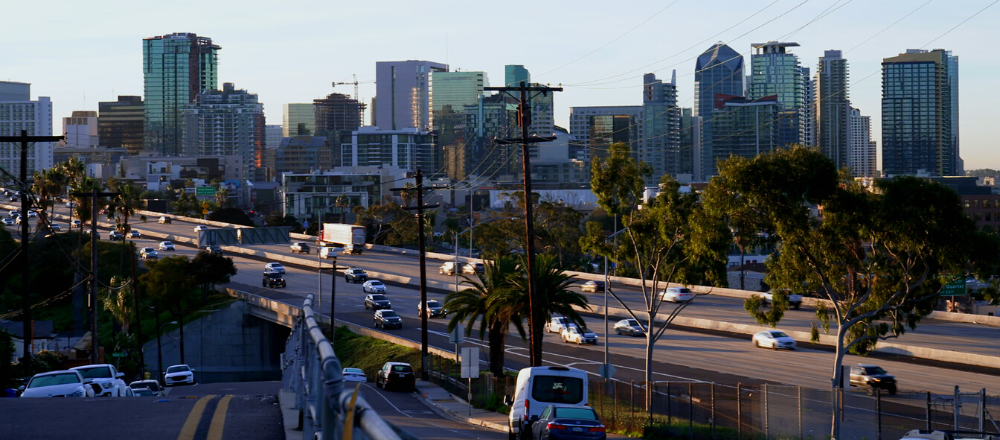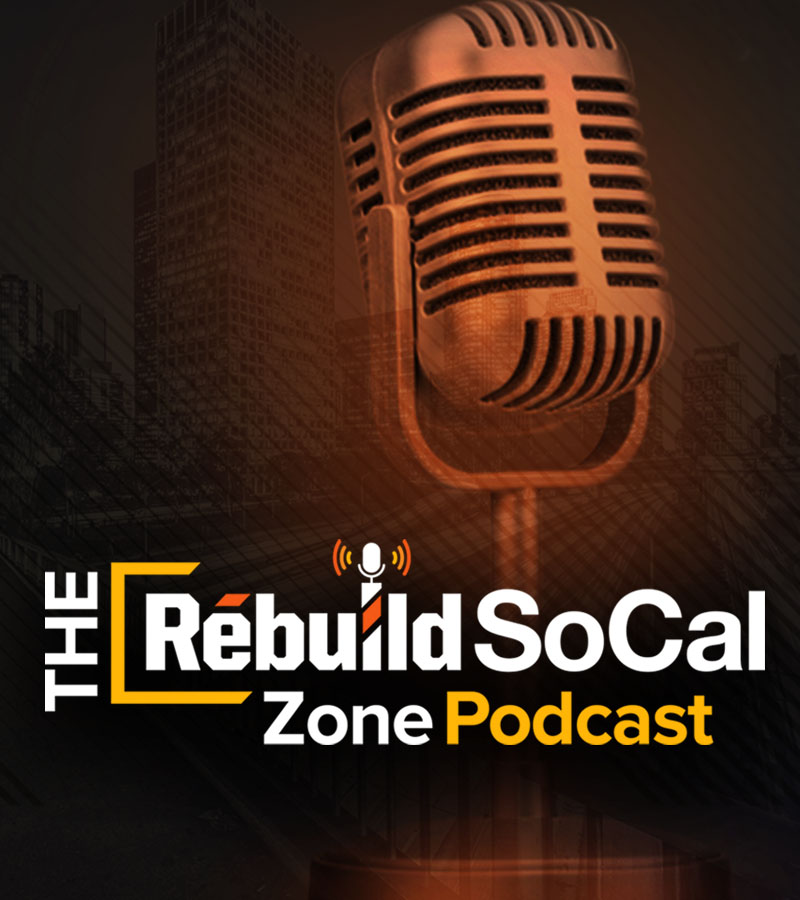Whether it’s a natural disaster or a catastrophe stemming from human error, the communities most at risk from the negative long-term impacts are ones without robust, updated infrastructure. Interruptions to water and sanitation, inaccessible roads and rail, or exposure to harmful chemicals released into the environment disproportionately impact – and harm – communities that historically have experienced underinvestment. In turn, families and businesses are left scrambling to recover in the wake of a disaster without adequate support.
However, local disasters have the potential to send ripple effects that touch communities further from the epicenter of any disaster, posing a significant internal threat to our nation’s stability. Illustrated most recently by the train derailment in East Palestine, Ohio, neglected infrastructure and policy that fails to account for the lasting implications of a disaster that strikes close to where people live have the potential to impact communities well outside of the initial disaster zone. Since the derailment, there have been reports of contamination in West Virginia’s waterways. Residents across Ohio have reported health symptoms that include burning and itchy eyes, sore throat, rash, and migraines. While officials continue to monitor and analyze the situation, findings that affirm these reports would expand the impacted area by hundreds of miles, affecting thousands of additional families and businesses.
With recovery efforts underway, history shows that low-income communities will experience the most long-term impacts of the derailment – or any disaster. The solution? Infrastructure investment must be prioritized as both an issue of safety and a solution to inequities within low-income areas. Investments would create jobs and ensure the well-being of Americans while improving health outcomes and reducing exposure to unnecessary toxic materials.
Read more about the implications of the East Palestine derailment:
- Experts weigh in on potential health hazards posed by chemicals in Ohio train derailment (Stat News, 2/21/23)
- Opinion: Ohio’s train derailment — not spy balloons — is the real national security threat (Los Angeles Times, 2/19/23)

